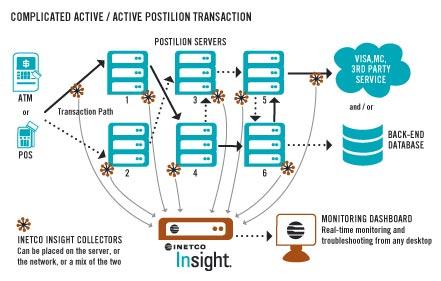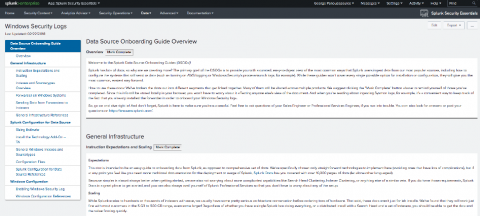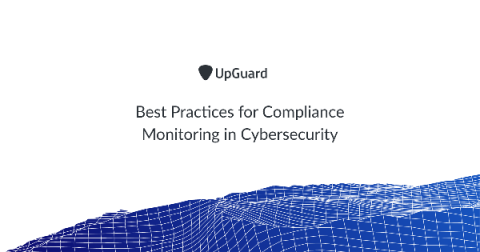The MITRE ATT&CK Framework: Execution
Of all the tactics that an adversary will take on in their campaign, none will be more widely abused than, Execution (https://attack.mitre.org/wiki/Execution). When taking into consideration off-the-shelf malware, traditional ransomware, or state of the art advanced persistent threat actors, all of them have execution in common. There’s a great quote from Alissa Torres which says, “Malware can hide, but it must run.”












